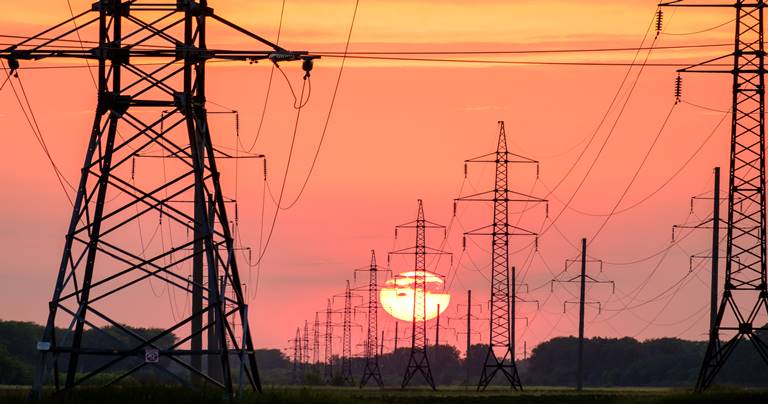Power Ministry obligates DISCOMs to address the demand supply gap
By EPR Magazine Editorial July 4, 2023 6:17 pm IST
By EPR Magazine Editorial July 4, 2023 6:17 pm IST

The guidelines structure a time-bound and scientific approach for accessing the electricity demand for future.
In conjunction with the Central Electricity Authority (CEA), the Central Government developed Guidelines for Resource Adequacy Planning Framework for India. The Union Ministry of Power published the Guidelines in accordance with Rule 16 of the Electricity (Amendment) Rules, 2022, which were notified on December 29th, 2022.
The recommendations will ensure that enough electricity is available to power the country’s growth by establishing a framework for advance procurement of resources by DISCOMs to satisfy electricity demand in a cost-effective way. Guidelines establish an institutional system for resource adequacy extending from the national to the discom level, ensuring the availability of resources to fulfil demand at each level. The increased generation capacity, energy storage, and other flexible resources required to meet future demand growth reliably and at the lowest possible cost will be assessed well in advance.
The rules also recommend that DISCOMs share at least 75 percent of long-term contracts in total capacity as stipulated in the long-term National Resource Adequacy Plan (LT-NRAP) or by the relevant SERC. Short-term contracts are indicated to meet 10 to 20 percent of the power need, while medium-term contracts can meet the remaining requirement. After aggregating the individual plans of DISCOMs, the National Load Dispatch Centre (NLDC) will conduct bids to buy any gap in capacity required to achieve the Short term Distribution Resource Adequacy Plans (ST-DRAP).
The recommendations also specify the number of years before which DISCOMs must finish the procurement procedure for each type of generation so that the procured capacity is ready to fulfil the predicted load.
The rules, according to Union Power & NRE Minister, are a substantial change to provide consumers with 24 x 7 consistent power supply at optimised electricity pricing. “The time-bound and scientific approach to assess the electricity demand for future and taking necessary actions to procure resources in advance to meet this demand will ensure that the practice of load shedding by DISCOMs and occurrence of electricity supply crunch periods is avoided in future” R. K. Singh added.According to the Union Power &MNRE Minister, the rigorous resource adequacy framework would meet the twin goals of providing the nation’s energy security at the lowest possible cost while also transitioning to a clean and sustainable future.
CEA will publish LT-NRAP to offer the national Planning Reserve Margin (PRM) required to meet demand reliably. The National Load Dispatch Centre (NLDC) is responsible for developing a thorough annual operational plan that takes into account the projected repair schedules of current generating units. This will be known as the ST-NRAP (Short-term National Resource Adequacy Plan).
Based on the LT-NRAP, each DISCOM must develop its own plans to contract the capacity needed to meet the PRM at the national level. This strategy, known as the Long-term Distribution Licensee Resource Adequacy strategy (LT-DRAP), will be produced for a period of ten years and will be vetted by CEA while leveraging national level resource optimisation. All SLDCs, like NLDCs, will create detailed annual operational plans called Short term Distribution Resource Adequacy Plans (ST-DRAP) for their respective States based on real generating station availability. These plans must also take into account the (RPO) Renewable Purchase Obligationsmandated for obliged firms in order to stimulate RE capacity addition.
The Guidelines for Resource Adequacy Planning Framework can be found here: https://static.pib.gov.in/WriteReadData/specificdocs/documents/2023/jun/doc2023628218801.pdf
We use cookies to personalize your experience. By continuing to visit this website you agree to our Terms & Conditions, Privacy Policy and Cookie Policy.